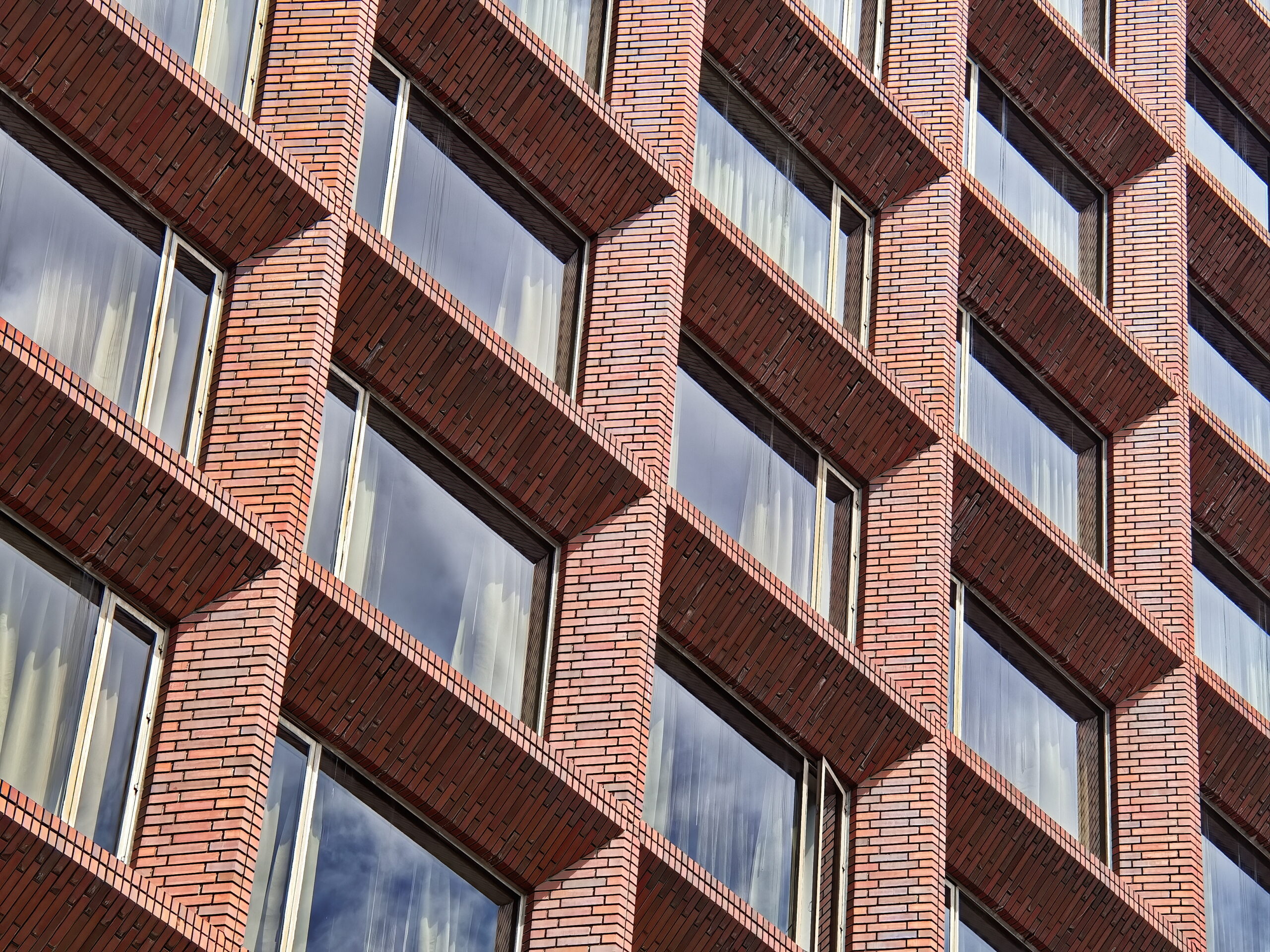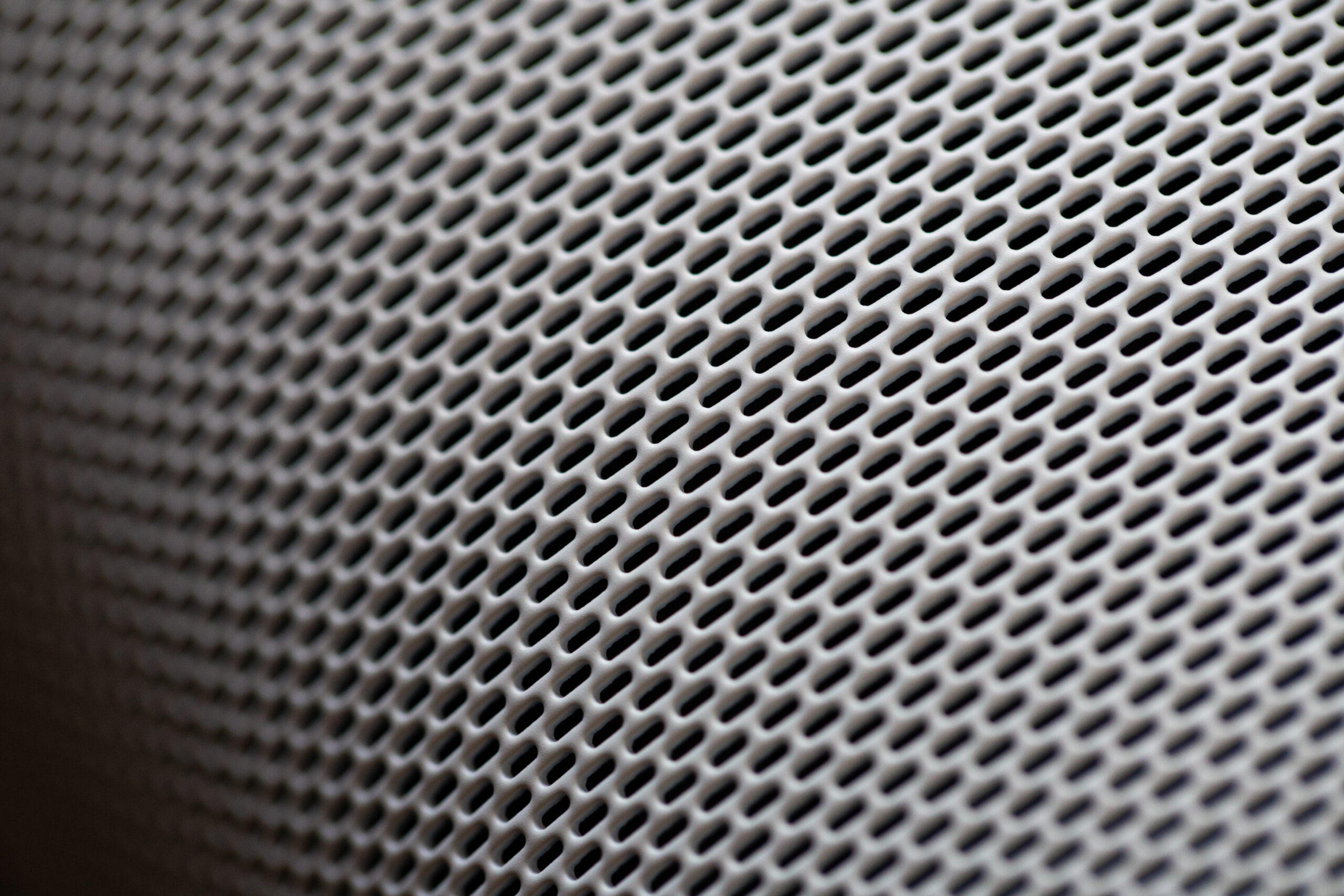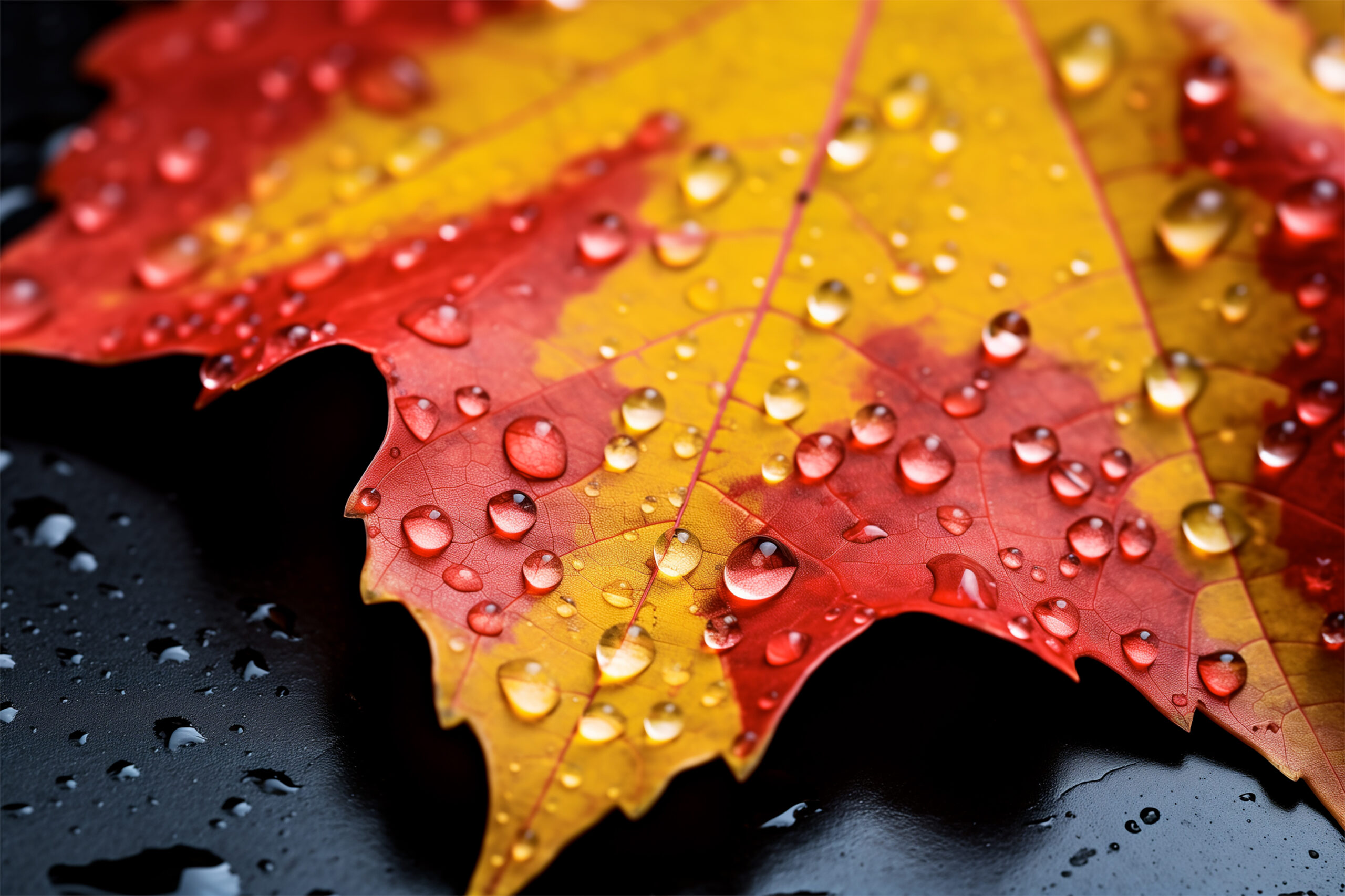Leading Selvedge Jean Material Makers Guide
Did you know that selvedge denim, renowned for its durability and timeless appeal, is produced by expert creators? The creation of selvedge denim starts with the material makers who meticulously interlace and create this notable jean material. Discovering the right selvedge denim fabric manufacturers is vital to guaranteeing the highest quality and craftsmanship in your denim wear.
If you’re searching for the top self-edge denim, search no more. In this detailed handbook, we’ll take you through the top self-edge denim textile producers, disclosing the labels that are famous for their commitment to quality and exactness. From Ironheart and Samurai to Pure Blue Japan and Oldblue, we’ll explore the top brands that represent the spirit of selvedge denim by the yard.
But first, let’s unravel the essentials of self-edge denim and grasp why it has captivated denim fans and fashion aficionados alike. Discover the artistry, legacy, and special characteristics that make Japanese, American, and European-made selvedge denim extraordinary. From the weaving process to the different weights and qualities, we’ll explain the selvedge spectrum and equip you with the knowledge to choose wisely.
So, whether you’re a denim aficionado or just beginning your foray into the realm of selvedge denim, this handbook will be your trusted companion in investigating the best self-edge denim textile producers and uncovering the essence of this timeless fabric. Let’s start this denim journey together and find out the top that selvedge denim has to provide.
Selvage Denim Fundamentals: Learning the Essentials
Selvage denim is a foundation of quality craftsmanship and everlasting appeal. But what exactly is selvedge denim, and what sets it apart from its counterparts? In this part, we will examine the essentials of selvedge denim, shedding light on its unique traits and why it has garnered such a dedicated audience.
Selvedge denim is a type of denim fabric crafted on vintage shuttle weaving machines, which create a closed edge on both sides of the fabric. This closed edge, indicated by the unique colored lines lining the outer of the border, inhibits fraying and coming undone, creating a neater, stronger textile. This careful focus on detail in the weaving process makes self-edge denim highly sought after by denim fans.
One of the unique traits of self-edge denim is its relation to premium quality and thicker material. Makers, particularly those in Japan, are famous for their proficiency of selvage denim creation, using extended cotton strands and time-honored techniques to produce jeans that is not only strong but also holds a rich texture and character depth.
Grasping selvage denim fundamentals is vital to valuing the distinctiveness of this textile. The next segment will examine the famed Japanese mills responsible for making some of the finest selvedge denim in the market.
Tradition and Skill: Japanese Selvedge Demystified
This segment delves into the rich heritage and impeccable craftsmanship behind Japanese selvedge denim. Japanese has traditionally been associated with exceptional jean making, and its mills have gained iconic status in the market. Let’s uncover some of these renowned mills and uncover the special characteristics that make Japanese-made denim remarkable.
Iconic Japanese Textile Mills
Japanese self-edge denim attributes its fame for excellence to the expertise and devotion of its weaving factories. Some of the most well-known names in the industry include:
| Textile Mill | Region |
|---|---|
| Amhot Weaving Factory | Okayama Region |
| Kuroki Mills | Yamagata |
| Japan Blue/Collect Textile Mill | Kojima City |
| Kaihara Mills | Hiroshima Region |
| Nihon Menpu Mills | Tokyo |
| Toyoshima Mills | Chiba |
These mills have made themselves as trailblazers in creating some of the best selvage in the market. Each textile mill contributes its individual style and artistry to the jean making process, leading to a variety of options for denim enthusiasts.
Unique Traits of Japanese Self-edge
Japanese self-edge denim is revered for its superior quality and distinctive characteristics. Here are some of the main traits that set Japanese denim apart:
- Premium Quality: Japanese weaving factories highly value utilizing the highest quality materials and utilizing age-old practices to produce jeans with unparalleled durability and wearability.
- Heavier Weight Fabric: Denim from Japan is typically produced using thicker textiles, known for their sturdiness and ability to produce stunning color changes as they age.
- Reputation for Excellence: Japanese-made denim is generally considered as the epitome of superior jean material, wanted by denim connoisseurs around the world.
These unique qualities render Japanese selvedge denim a top choice among jean lovers and curators who value the craftsmanship and artistry that is used in creating each pair of jeans.
Exploring American Self-edge: Renowned Mills and Their Backgrounds
When it comes to American selvedge denim, there are a few iconic mills that have had a huge influence on the field. One of the most famous is Cone Mills, which is notable as being the last self-edge denim factory in the United States.
Cone Mills has a storied past, tracing its roots to the late 19th century, and its partnership with Levi’s Jeans has been important in the popularity of US-made denim. The superior material produced by Cone Textile Mill has been utilized in Levi’s denim for generations, making it linked to American denim heritage.
Aside from Cone Textile Mill, there are other famed US denim look leggings weaving factories that have contributed to the industry’s growth and renown. The White Oak Division, a branch of Cone Textile Mill, was famous for its superior material before its closure in the year 2017. Another famed factory is Rogue Territory Mills, which has earned fame for its artistry and dedication to creating superior jeans.
Choosing premium raw selvedge denim from these US weaving factories offers numerous advantages. The lifespan of the fabric secures that your denim wear will endure extended wear and frequent washing. Additionally, the unique fading patterns that form over time result in a unique and distinctive look, making each jean pair original. With US-made selvage, you obtain excellent value for your money.
| Textile Mills | Year Founded | Major Contributions |
|---|---|---|
| Cone Textile Mill | the late 19th century | Supplier of denim for Levi’s jeans |
| White Oak Branch (Cone Textile Mill) | the early 20th century | Famous for superior fabric before 2017 shutdown |
| Rogue Territory | 2008 | Known for artistry and superior jeans |
Uncovering European Expertise in Denim Production
European selvage is renowned for its superior artistry and excellence. In this segment, we focus on two Italian masters of jean making: Candiani Mills and Berto Textile Mill. These mills have established a strong renown in the market for their outstanding denim fabric.
Italian Experts: Candiani and Berto Mills
Candiani Mills, located in Italy, has been producing some of the top jean material since the year 1938. With a dedication to sustainability, Candiani Mills utilizes innovative technologies and eco-friendly practices to create top-tier jeans that meets the highest standards.
- Their fabrics are known for their gentleness, durability, and exquisite color variations.
- Candiani Mills’ European selvedge denim is preferred by style-leading brands and denim experts alike.
- They provide a variety of jean choices, from lightweight to thick, allowing for flexibility in different clothing designs.
Berto Mills, another renowned Italian textile mill, has been at the forefront of jean making for over 120 years. With a profound tradition and dedication to age-old skill, Berto Weaving Factory continues to create top-tier denim textile that matches the highest expectations.
- Their European selvedge denim is famous for its distinct character, with textured thickness and gorgeous wear patterns.
- Berto Weaving Factory has a variety of jean thicknesses and surface treatments, making possible creators and jean lovers to make distinctive and custom garments.
- They focus on sustainable manufacturing practices and employ natural and repurposed substances to minimize the ecological footprint of denim creation.
Legacy of Cone Mills: America’s Jean History
While discovering European excellence, it’s important to appreciate the contributions of Cone Mills, an famed American textile mill, to European jean history. Cone Textile Mill has been a pioneer in the denim industry for decades, renowned for its devotion to quality and creativity.
- Cone Mills’ selvage material have been used by renowned denim brands around the world, highlighting the adaptability and durability of US-made jeans.
- Their European selvedge denim options cover a wide range of designs, thicknesses, and treatments, catering to the different requirements of style creators and jean lovers.
- From traditional indigo denim to contemporary flexible types, Cone Mills keeps to push the boundaries of jean making.
European selvage denim lovers are have a wealth of options with the exceptional offerings from Candiani Mills, Berto Textile Mill, and the history of Cone Mills. These textile mills embody the pinnacle of artistry and demonstrate the dedication to quality that has made European selvage material greatly desired in the style market.
The Selvedge Denim Fabric Manufacturers
In the world of self-edge denim, a wide range of producers contribute to the production of this superior material. Each maker contributes its own style, creating a diverse selection of selvedge denim brands. Learning about assorted makers is essential in locating the perfect pair of selvage jeans that fit unique needs.
Below is a complete compilation of self-edge denim textile producers known for their top-tier production and craftsmanship:
| Producer |
|---|
| Ironheart |
| Samurai Jeans |
| Oni Denim |
| Pure Blue Japan |
| The Flat Head |
| Fullcount Denim |
| Benzak Denim Developers |
| Indigofera |
| Blaumann Jeanshosen |
| Ooe Yofukuten |
| Oldblue Co. |
These producers have made themselves as leaders in the selvage textile field. Each label has its distinctive look, cut, and fabric composition, meeting varied tastes.
Whether you’re a die-hard denim enthusiast or a fashion-forward individual, it’s crucial to explore the choices from various selvedge denim fabric manufacturers to locate the perfect pair of denim that align with your unique look.
The Art of Denim Weaving: The Making of Self-edge
Denim weaving is a meticulous craft that is essential in the making of selvedge fabric. The intricate weaving process includes the interlacing of threads to create the characteristic diagonal pattern that denim is known for.
Shuttle Looms vs. Projectile Looms
Two varieties of looms are commonly used in jean knitting: shuttle looms and high-speed looms. Shuttle looms are old-fashioned, less fast devices that make selvedge denim. These textile makers feature a loom carriage that moves the filling yarn through the vertical yarns. The produced textile has a sealed edge, called the selvage, which stops unraveling and demonstrates the craftsmanship of the weaving process.
On the other hand, high-speed looms are modern, fast devices that are mostly used in high-volume making. These weaving machines shoot the weft thread across the lengthwise fibers using a sword-like device or aerodynamic system. While modern weaving machines are good at mass jean making, they do not make selvedge denim fabric by the yard owing to their lack of closed-edge creation.
The Importance of Unwashed Denim in Self-edge Making
Raw denim, also known as unprocessed or raw jeans, is vital in the fabrication of selvedge fabric. Unwashed denim is produced from cotton fibers that have not experienced any initial cleaning or processes, keeping the natural characteristics of the material.
When raw denim is crafted on shuttle looms, it makes a strong and heavy textile with a more compact interlacing. The absence of pre-washing enables the denim material to form one-of-a-kind color changes and wrinkles with age, leading to a unique and distinctive look. This is why fans of untreated self-edge recognize the top-tier and longevity of selvage denim.
The mix of loom shuttles and unwashed denim highlights the traditional artistry and commitment to accuracy that is involved in creating selvage material. Each selvage denim pair narrates a tale through its fabricated structure and natural surface, making them a favorite among jean experts.
Exploring the Selvage Series: Classes and Traits
In the realm of selvedge denim, classes and traits are crucial in the uniqueness of the material. Selvedge denim fabrics come in a variety of thicknesses, and each type has its unique traits and benefits.
A key aspect to think about when learning about selvage is the thickness of the material. Selvedge denim weights can differ, and denser classes are often associated with toughness and extended use. These materials have a closer interlacing and are less prone to wear and tear, making them ideal for those seeking a long-lasting and long-lasting jean pair.
Alongside weights, selvedge denim also has a diverse selection of traits that enhance its desirability. One of these traits is roughness, which indicates the uneven weight or fine threads found in the material. Slubby selvedge denim has a rough and varied look, adding an aspect of distinctiveness and visual interest.
Surface is another important quality of selvedge denim. Based on the fabrication approach taken and the kind of threads, self-edge textiles can have a rough or soft surface. The surface of the material impacts the total appearance and touch of the denim, producing a distinct tactile experience.
Color changeability is another trait to consider when learning about selvage materials. Some kinds of self-edge textiles are famous for their superior wear patterns, permitting the textile to display use and form one-of-a-kind looks with age. This feature enhances the individuality of selvedge denim and the story it tells through its visuals.
Overall, the selvage series covers a wide range of densities and traits, allowing individuals to select the fabric that is most suitable for their needs and desired wearing experience. Whether looking for toughness, surface, or color changes, selvage materials offers a diverse selection of options to learn about.
Important Traits to Look for in Self-edge Jeans
When it comes to picking the ideal pair of self-edge jeans, evaluating key features can be essential. Two key aspects to think about are textile density and durability.
Fabric Weight and Durability
Textile density determines the density and robustness of the denim, directly impacting its toughness and lifespan. Thicker self-edge jeans, often about 14 to 21 oz, is generally tougher and less prone to damage, making it an perfect choice for those seeking jeans that can resist hard wear and give extended wear.
The durability of selvedge denim is increased by the dense knit of the textile. The employment of traditional shuttle looms produces a tighter knit, leading to a stronger material that can withstand repeated washes and constant use.
For those who like a less dense selection, selvedge denim with a lighter material thickness, ranging from 10-13 ounces, gives a easier and cooler comfort. While less dense denim may not be as tough as denser selections, it still has a satisfactory strength and can form one-of-a-kind color changes and individuality over time.
Fade Potential and Textile Character
One of the hallmarks of self-edge jeans is its ability to develop individual color changes that reveal the owner’s activities and patterns. Color changeability refers to the textile’s likelihood to break in and form one-of-a-kind looks and shade differences with continuous use and cleaning.
Material attributes is another key feature to consider when choosing self-edge jeans. This refers to the distinctive visual traits, such as roughness, rope-like texture, and varying interlacing. These traits add to the uniqueness of the fabric and can make each denim pair original.
Whether you want a softer and even wear pattern or a striking and distinct design, grasping the wear pattern formation and fabric traits of self-edge jeans can guide you select a textile that matches your personal style and desired look.
Material Thickness and Strength
| Textile Density | Strength |
|---|---|
| Heavyweight (14-21 ounces) | Strong, ideal for tough conditions |
| Lightweight (10-13 ounces) | Strong enough with a softer wear |
Sustainability in Selvedge: Sustainable Creation Techniques
In the world of selvage denim, eco-friendliness has become an increasingly crucial aspect of green production. Shoppers are now more mindful of the environmental impact of the products they purchase, and the denim field is no exception. To tackle these issues, weaving factories like Candiani have emerged as pioneers of sustainable selvedge denim production.
Candiani Textile Mill, known as the greenest denim mill in the industry, is focused on employing green creation techniques. The textile maker focuses on reducing water consumption, minimizing chemical usage, and incorporating cutting-edge methods to achieve a eco-friendlier manufacturing approach. By adopting these practices, Candiani Mills strives to make denim that not just matches top-tier criteria but also fits the values of conscious consumers.
It is essential for buyers to select carefully and back labels and producers that emphasize sustainability. By choosing green selvage, individuals can contribute to a greener jean market. Together, we can support the implementation of green methods throughout the production process and promote a more sustainable future for denim creation.
| Benefits of Sustainable Selvedge Denim |
|---|
| 1. Lower water usage |
| 2. Minimized chemical usage |
| 3. Minimized planetary burden |
| 4. Supports ethical manufacturing practices |
| 5. Matches eco-aware shopper principles |
Jean Advancements: Combining History with Innovation
This part of the article delves into the interesting universe of denim innovations that smoothly merge heritage with modern technology. Jeans, a classic and cherished material, has continued to evolve to meet the requirements of current trends while staying true to its roots.
Current Advancements in Denim Material
With advancements in textile technology, denim manufacturers have been able to enhance the performance and strength of their fabrics. Modern fabrication approaches, such as the use of shuttle looms, produce a closer, tighter knit that results in a stronger and resilient denim. This more than improves the longevity of the textile but also adds to top-tier color changes and distinct feel.
Textile techniques have also played a significant role in improving jean fabrics. Unique methods, such as enzyme washes and coating techniques, can create a variety of finishes, from weathered and vintage styles to refined and elegant designs. These techniques enable adaptability to traditional denim, making possible a broader selection of creative choices and consumer preferences.
Innovations in Green Manufacturing
In addition to modern enhancements in jean fabrics, the field has made significant breakthroughs in green manufacturing. Recognizing the need to reduce its footprint on the environment, denim manufacturers have been looking into eco-friendly dyeing processes and adopting the use of recycled materials.
By employing eco-friendly color applications, such as bubble dyeing or natural indigo dye, producers are cutting down on resources while still achieving vibrant and colorfast denim. The use of recycled materials, such as repurposed threads or polyester fibers, helps lessen the requirement for fresh components and keeps material waste out of disposal sites.
This dedication to eco-friendliness ensures that denim creation can continue to thrive without compromising the health of our planet. As the market progresses, employing both traditional craftsmanship and current advancements, a greener and conscious method to denim creation will evolve into the new norm.
Contemporary Improvements and Eco-Friendly Practices in Jeans
| Contemporary Improvements | Environmental Sustainability |
|---|---|
| Cutting-edge knitting methods | Sustainable dyeing processes |
| Fabric treatments | Utilization of repurposed substances |
The comparison above the article shows the current advancements in denim textiles and the associated innovations in green manufacturing. It demonstrates the continuous work of the field to blend heritage and innovation with sustainable methods, guaranteeing a better and greener future for denim.
Final Thoughts
After learning about the universe of selvedge denim fabric manufacturers, it is obvious that there is a vast range of options available to denim fans. From renowned brands like Ironheart, Samurai Jeans, and Oni Denim to The Flat Head, Full Count, and Indigofera, each producer brings their own unique style and artistry to the table. When it comes to picking the perfect maker, it is essential to take into account unique needs and the preferred appearance and comfort of the jeans.
In addition to the wide range of manufacturers, the advantages of top-tier unwashed selvage cannot be ignored. Its durability, superior wear patterns, and great bang for your buck render it a valuable purchase for denim lovers. Moreover, environmental responsibility is important in the denim industry, and many makers are using eco-friendly approaches to creation, such as Candiani Textile Mill, renowned as the leading green textile mill in the market.
Lastly, the denim field continues to innovate by merging heritage with modernity. Contemporary improvements in jean fabrics, such as advanced weaving techniques and textile techniques, enhance the functionality and durability of self-edge jeans. Breakthroughs in environmental sustainability, such as sustainable color applications and the employment of reused components, enhance a greener jean market.
In summary, learning about the universe of selvage material makers offers a range of choices and allows shoppers to discover the ideal pair of denim that align with their individual needs. From the benefits of top-tier unwashed selvage to sustainability in manufacturing and denim progress, there is a lot to explore and enjoy in the realm of selvedge denim. So, take the time to research and make informed choices to appreciate the classic look and quality of selvage denim.



